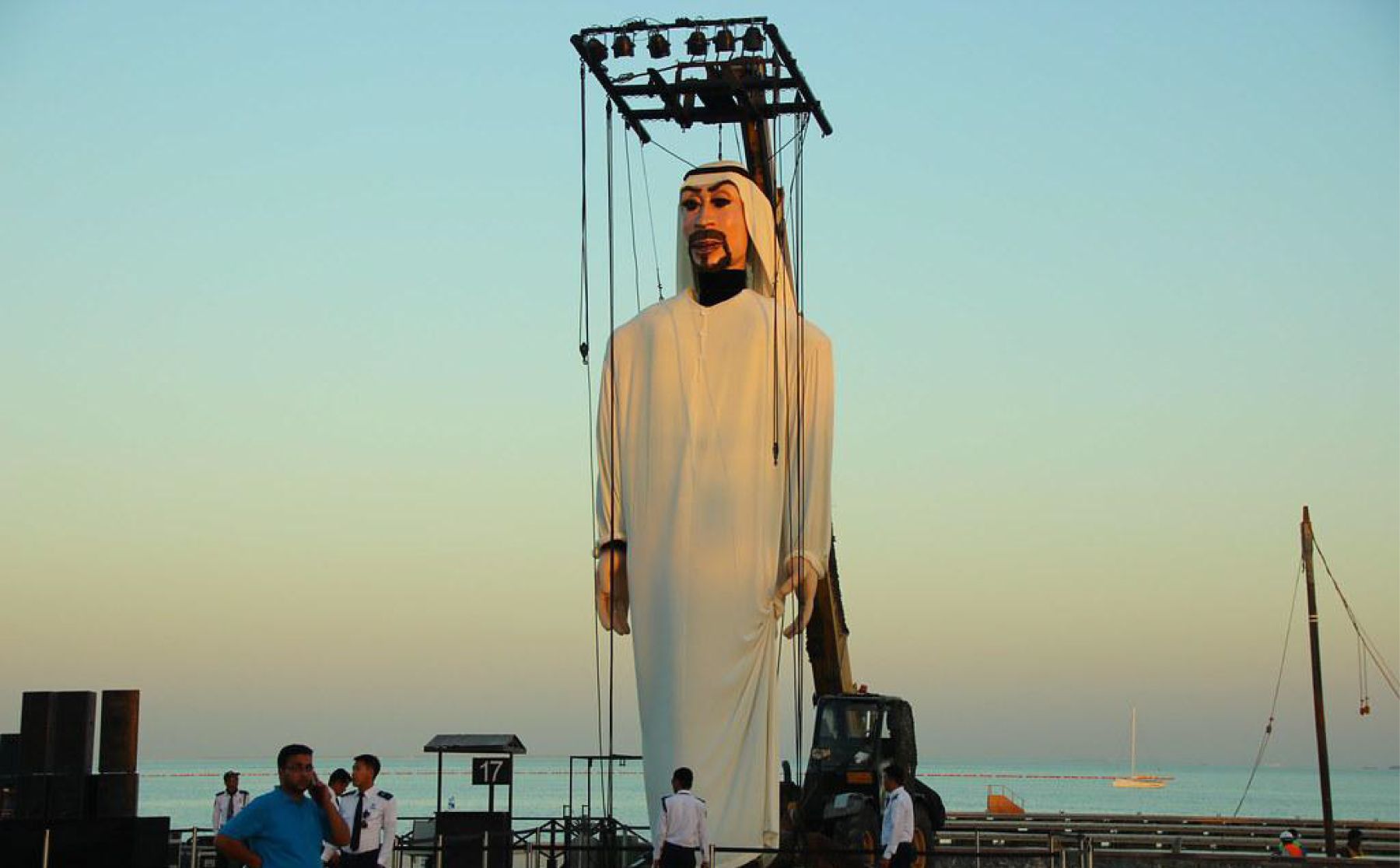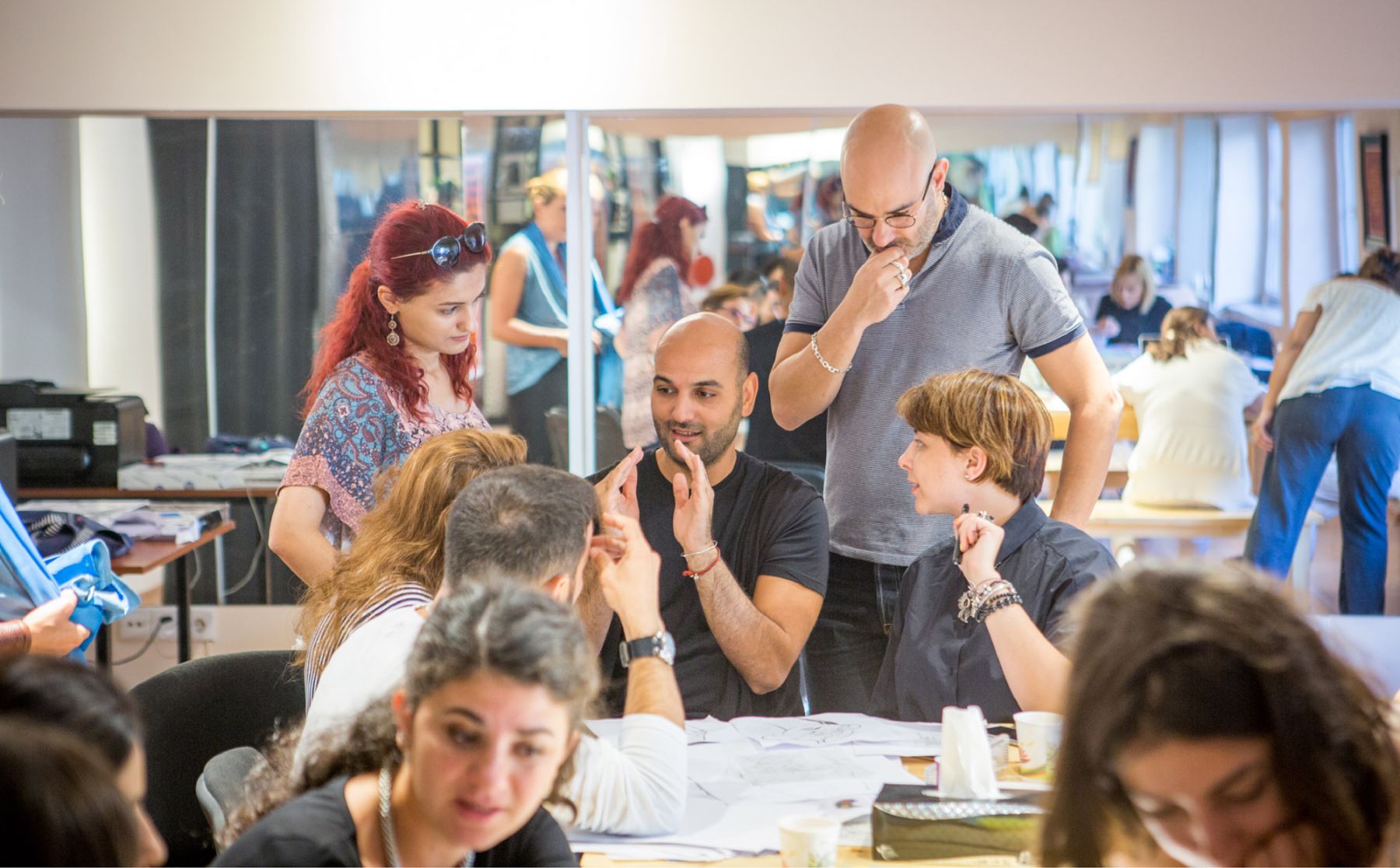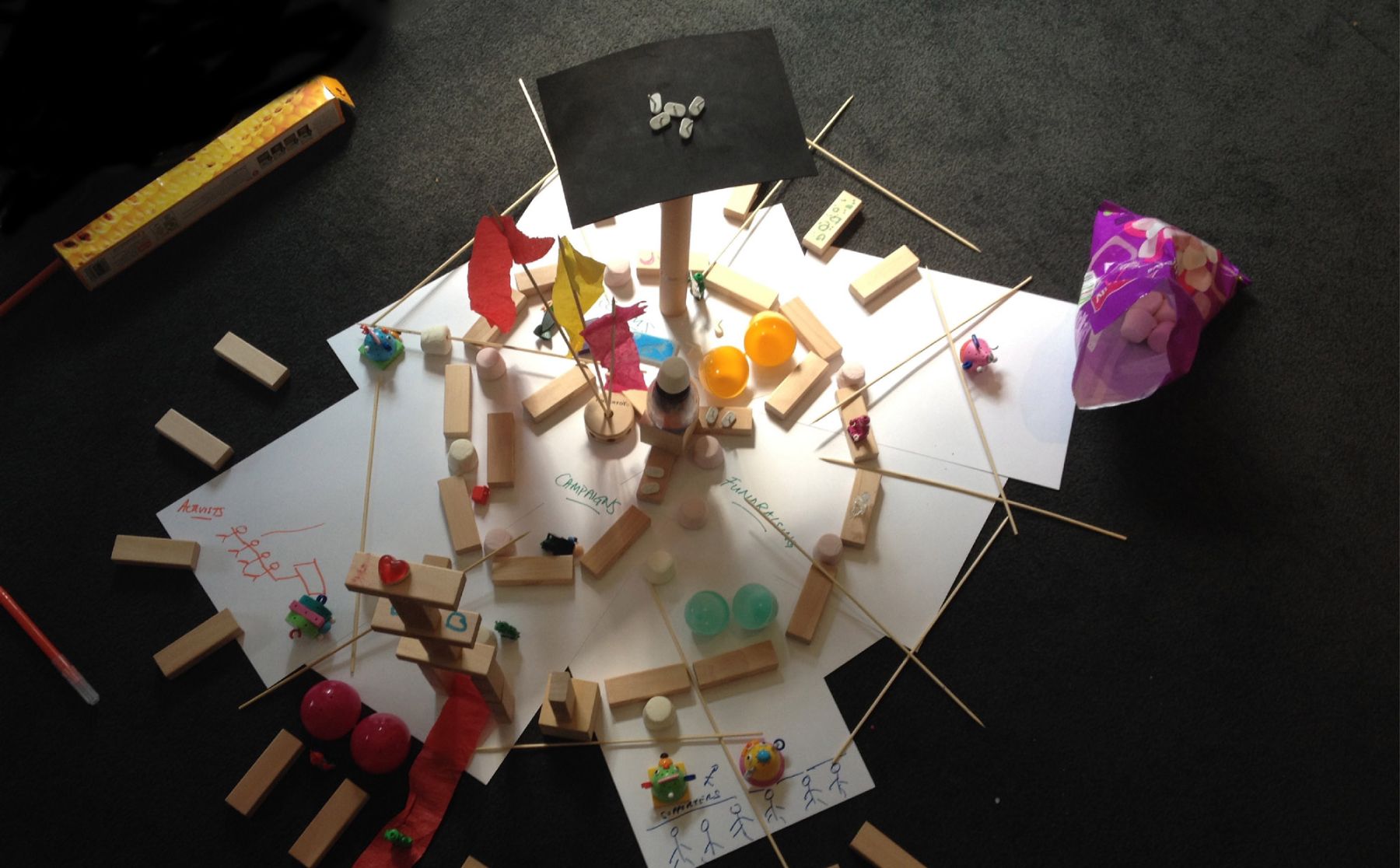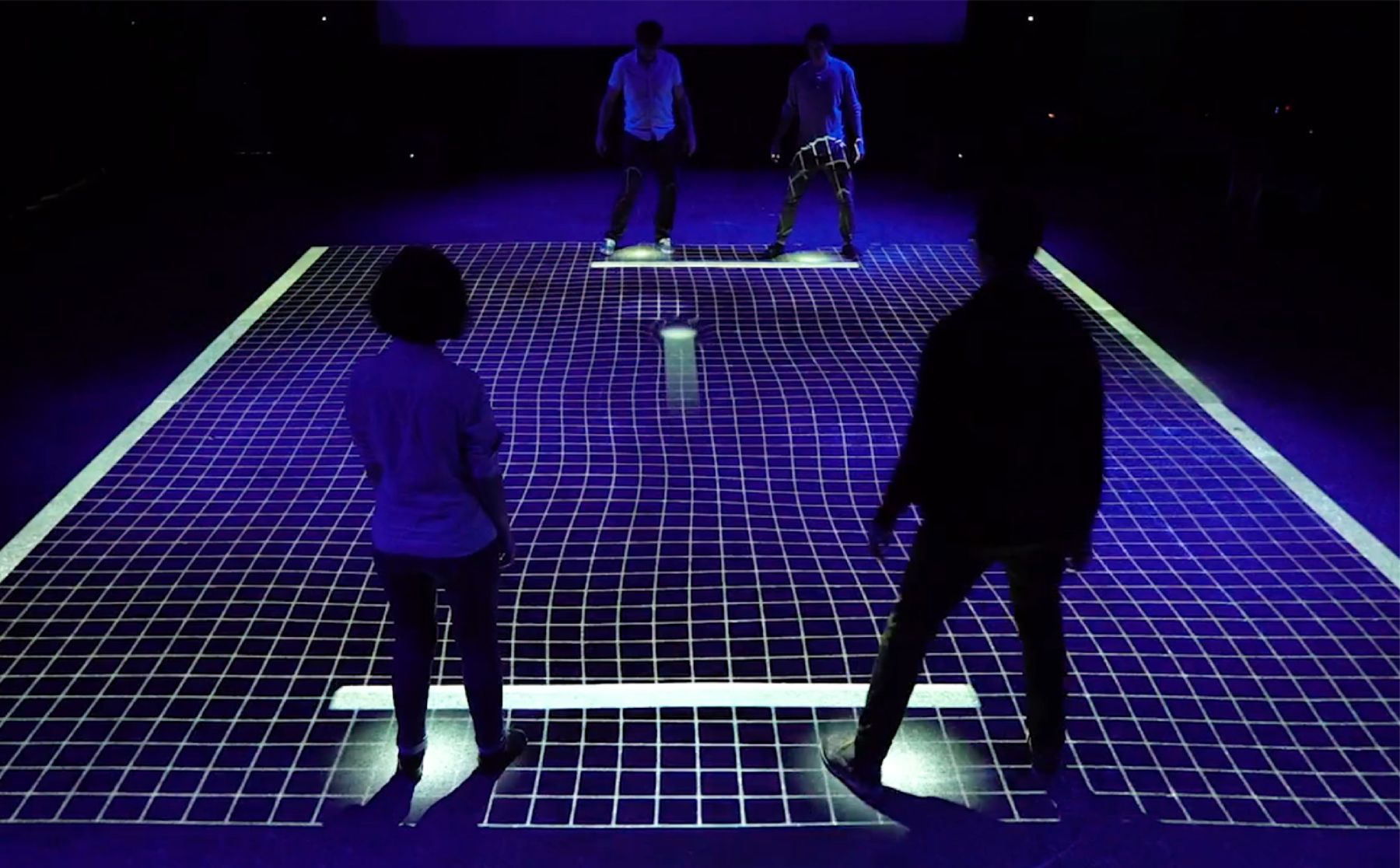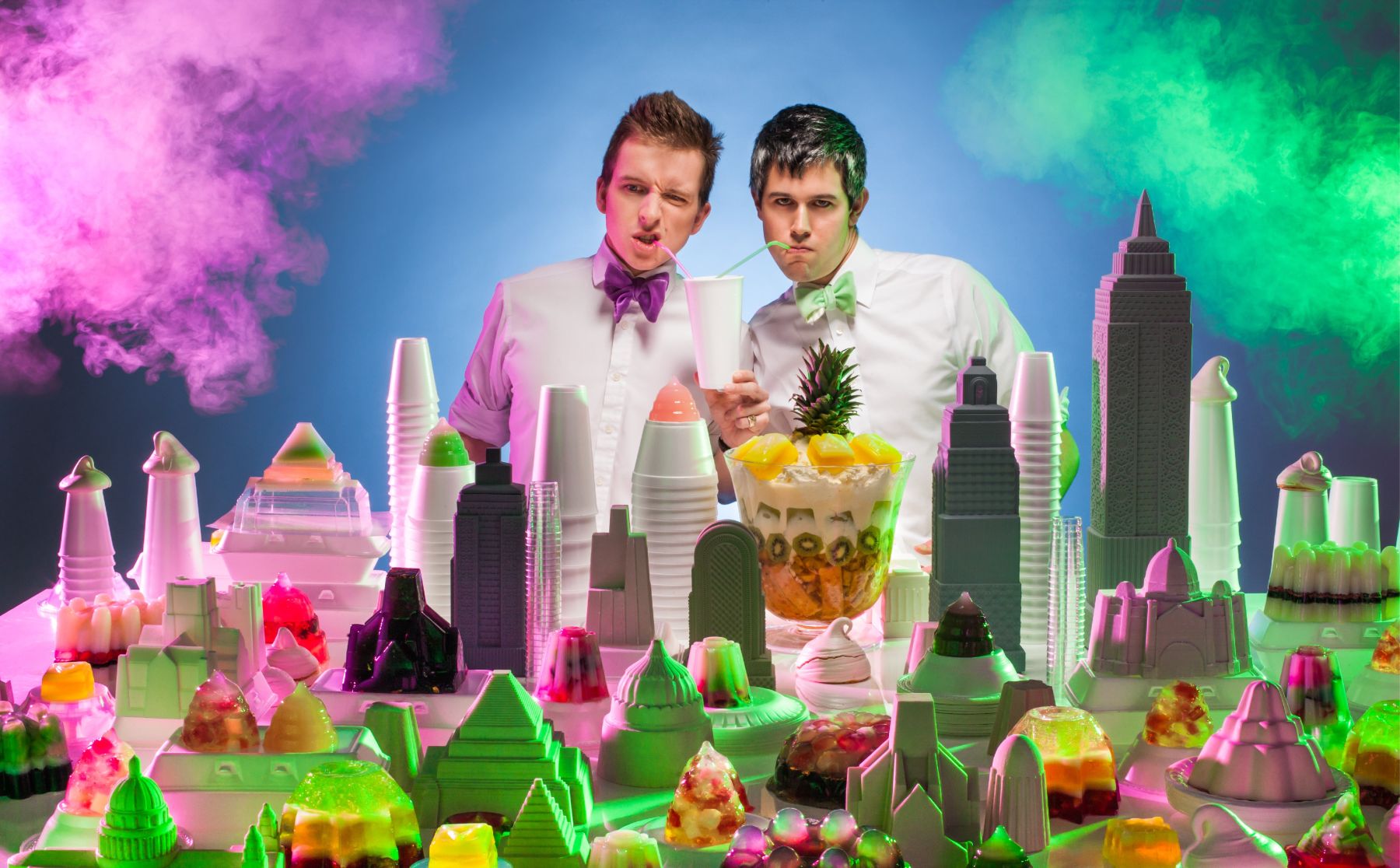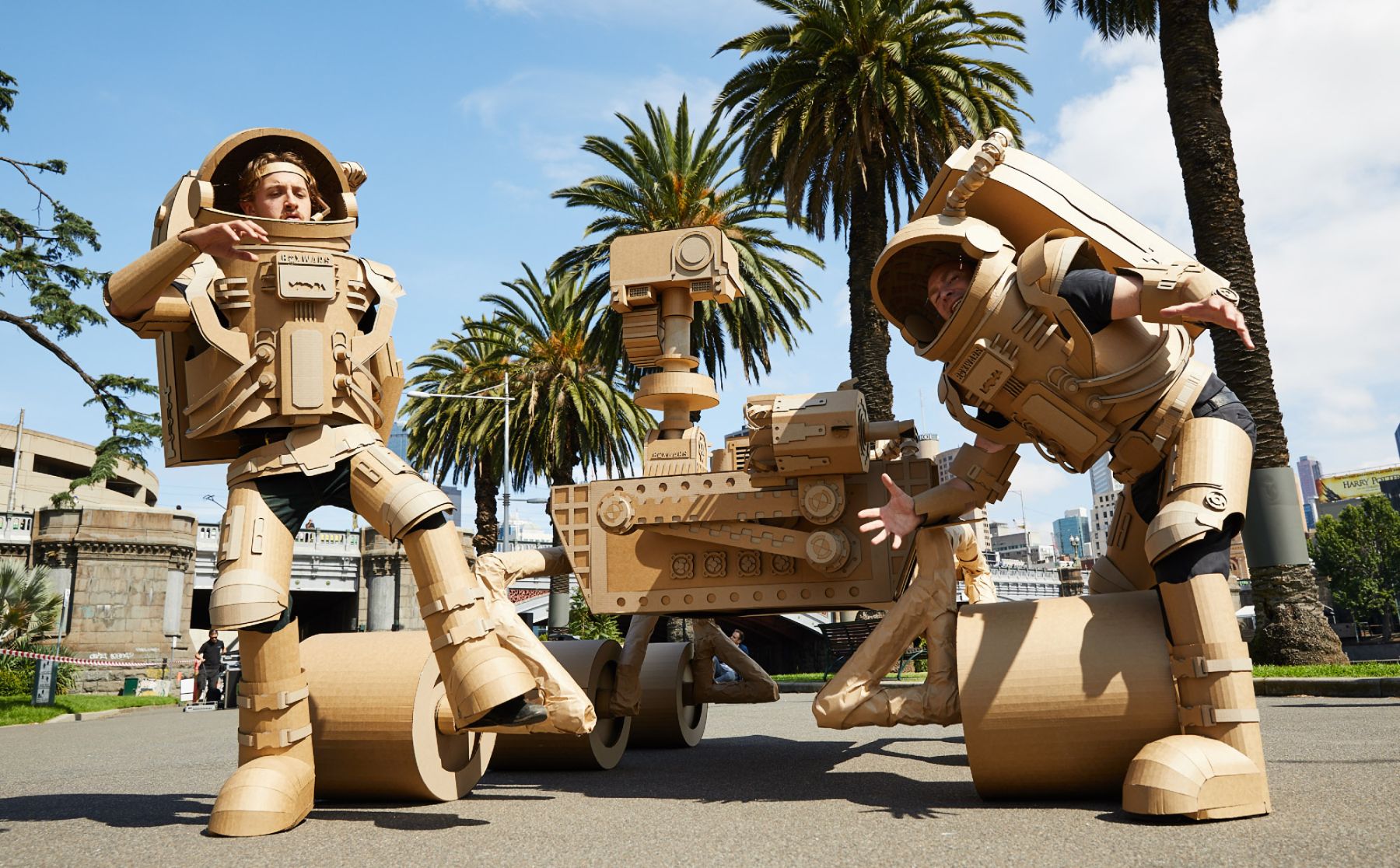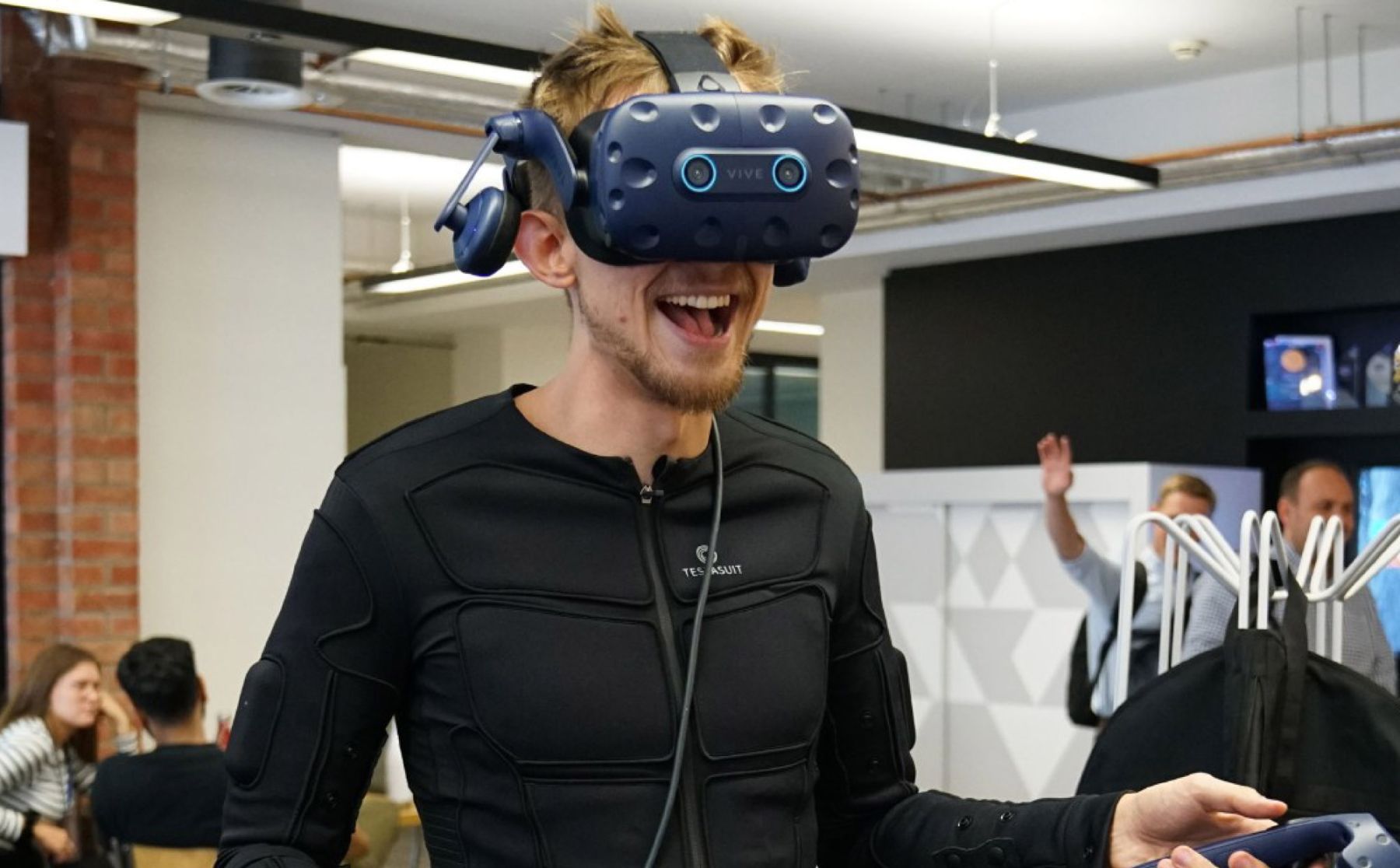Creativity festivals are a critical component of the creative ecosystem. A celebration of creative exploration and expression, they provide a platform to connect professionals with creatives and allow designers to potentially monetize and market their products. At best, they're exciting spaces filled with people who share passion, vision and talent. But they're not always the most inclusive. It's an industry that traditionally sets a high financial barrier to entry, making it more difficult for people from disadvantaged social and economic backgrounds to take part as well as limiting participation from non-designers.
“Tanween” by Ithra charges no or only nominal fees to anyone who wants to attend. The events are open to the public and while designers and professionals are the main participants, it’s not exclusive. Ithra makes creativity available to everyone. At the very least, the public is welcome to experience the potential of the design world.
Accessible creativity festivals dissolve socioeconomic barriers and create the ideal environment for actual creativity. Not only can the stage be set for delivering more varied and diverse content that appeals to broader audiences, but they can also attract non-designers to start thinking about design. This opens up the field for a host of careers many people didn’t know was available to them, and we all know the positive effect of creative expression on mental health and well-being. Festivals like Tanween help redefine the boundaries of design and its ability to improve lives whilst emphasizing that creativity is open to all and can be inspired from all areas of daily life.
In one of the inspirational “Tanween talks” for example, Dutch artist and academic Arne Hendriks believes that less is more, and that taking the time to contemplate different thoughts and ideas leads to dialogue, enlightenment, cooperation, innovation, and transformation. He encourages us to observe one of basketball's most controversial stars—James Harden—and his step-back move that successfully dislodges opponents and gives him time to shoot and score. According to Hendriks, making space and slowing down can help us unfasten ourselves from conventional wisdom and make room for alternate opinions while stimulating discussion, partnership, development, and adjustment.
The Tanween creativity and design festival has become an important annual event in the Kingdom’s creative calendar since it began five years ago. Launched in 2018 with “Disruption: A Creative Response to Change” while the 2019 theme was “Play: A Key Ingredient to Creativity”. As 2020 was marked by the Covid-19 pandemic, Tanween took on a hybrid physical-virtual model examining “The New Next: Creativity to the Future”. In 2021 the focus was on “Tools: Build the Creativity” while in 2022 it was “Collaborate to Create” which highlights a collaboration between cultures and nature-utilizing technology for society. In 2023, the theme is scale.
The premise is that creativity helps us to improve existing functional and business practices. Similarly, innovation can convert designs or ideas into more marketable products or services.
To boost creativity and innovation in Saudi Arabia, the “Tanween Challenges” program partners up teams of emerging creatives with knowledge and delivery partners to solve real-world problems.
One such challenge was the Al Khobar Al Shamalia neighbourhood which has become a focus of investment and regeneration due to its location in the historic centre of the city. In the Al Shamalia Tanween Challenge, participants were asked to come up with a new visual identity for the district in the form of signage. Creating an effective design required involvement from the local government, citizens, and shop owners in order to make an inclusive signage plan that successfully unified and represented the visual identity of the neighbourhood. A new brand was born where Al Khobar Al Shamalia remained an original district yet with a modern twist, where young people could identify with the heritage location and relate to its modern context.
Another Tanween Challenge involved the fashion industry and its struggles with the consequences of overproduction, overconsumption, and the rise of cheaply made, disposable clothing and accessories. The Biotech Fashion Challenge encouraged designers to create garments or accessories using new materials, digital fabrication techniques, and business models that are environmentally friendly and socially responsible. Manahel AlQassem won the contest with her design for a Kombucha leather bag, inspired by Saudi heritage and Najdi adobe architecture found in central Arabia. She made it to the Basque BioDesign Center in Spain where her winning concept was featured during the Bilbao Design Week and Milan Design Week in 2023.
Inclusive low-cost design events make creativity available to anyone who wishes to experience it. These types of accessible creativity festivals eliminate socioeconomic boundaries and bring design thinking into the mainstream, inspiring people who may not have even considered that field as an option. Furthermore, these events can help improve mental wellness by providing a platform for creative expression. Tanween helps reshape the idea of design and its power to impact creativity and people’s lives, demonstrating that inspiration can come from and affect all aspects of life.
By Zahra Shikara


